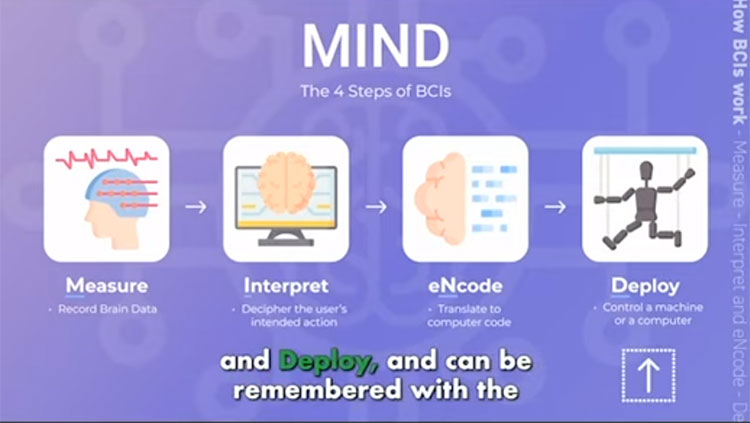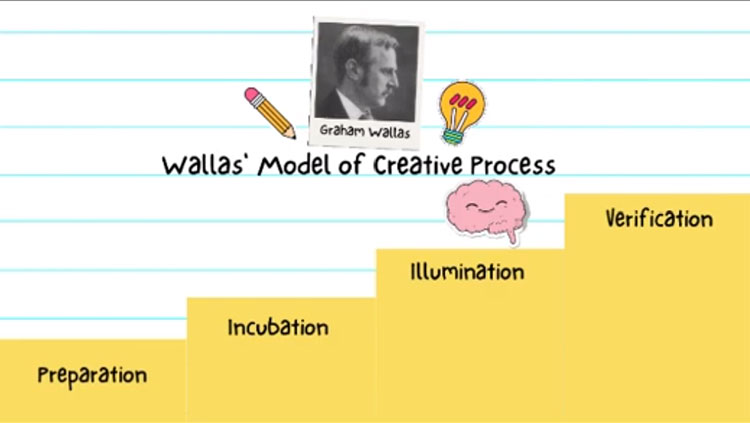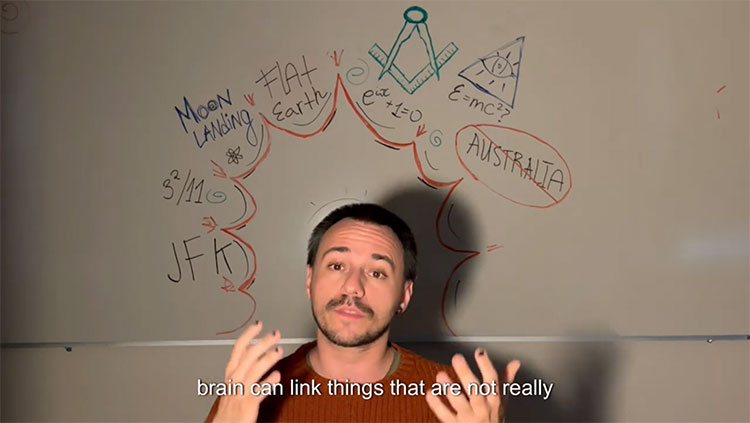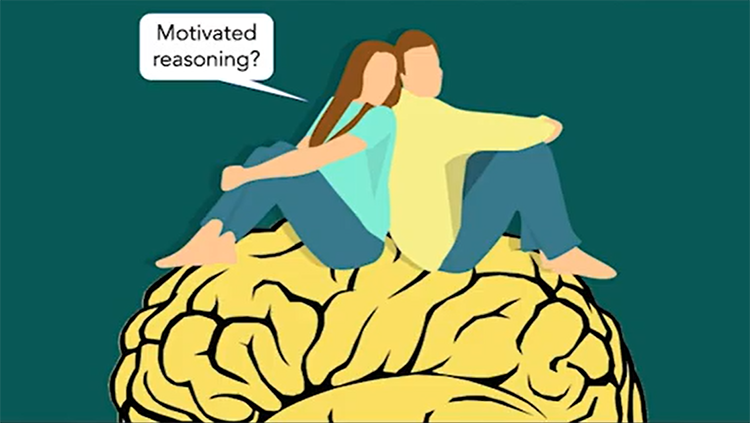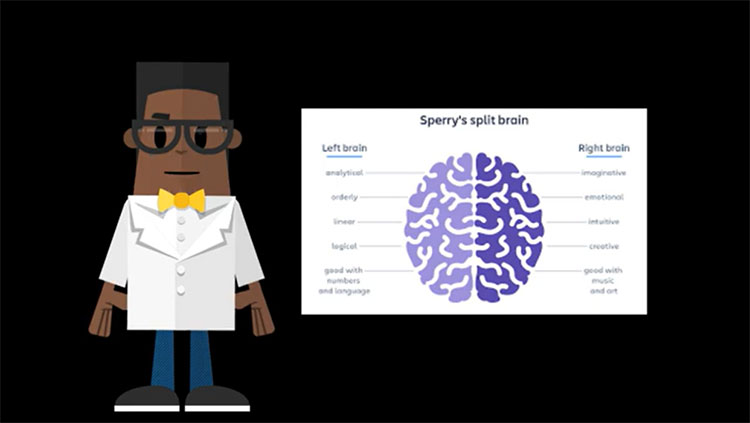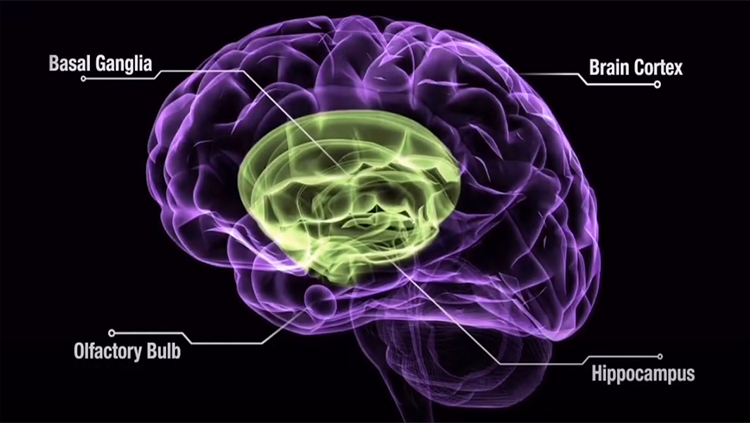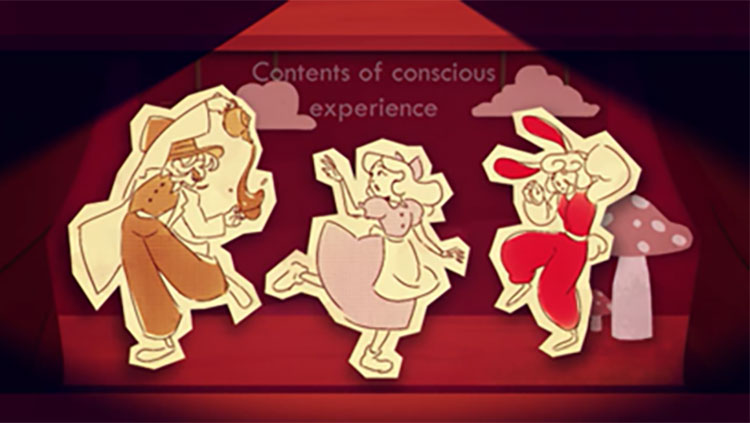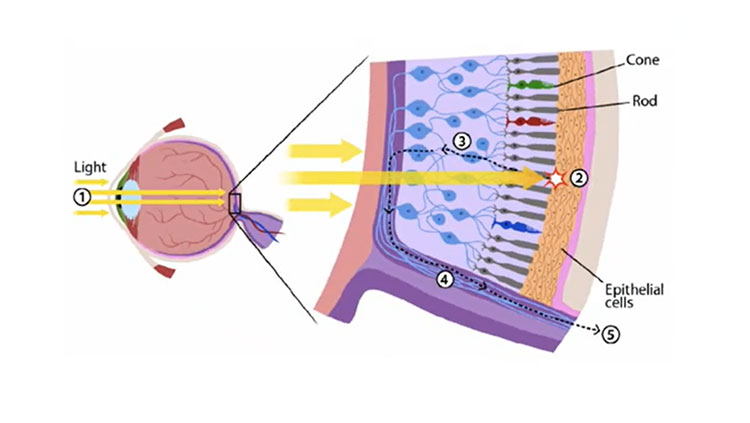Filter
-
(1)
-
(1)
-
-
(1)
-
(8)
-
(15)
-
(3)
-
(1)
-
(2)
-
(1)
-
(3)
-
(1)
-
(1)
-
(2)
-
(2)
-
(1)
-
(1)
-
(2)
-
(1)
-
(1)
-
(1)
-
-
(1)
-
(1)
-
-
(1)
-
(8)
-
(3)
-
(4)
-
(3)
-
(1)
-
-
(93)
-
(39)
-
(18)
-
(33)
-
(4)
-
(15)
-
-
(2)
-
(2)
-
-
(1)
-
(1)
-
-
(10)
-
(1)
-
(8)
-
(3)
-
-
(3)
-
(1)
-
(1)
-
(1)
-
-
(1)
-
(4)
-
(10)
-
(1)
-
(1)
-
(7)
-
(1)
-
-
(49)
-
(7)
-
(2)
-
(2)
-
(5)
-
(2)
-
(7)
-
(7)
-
(11)
-
(9)
-
-
(6)
-
(14)
-
(1)
-
(9)
-
(1)
-
(3)
-
(2)
-
-
(1)
-
(1)
-
(7)
-
(6)
-
(2)
-
(1)
-
(1)
-
-
(1)
-
(1)
-
-
(1)
-
(25)
-
(3)
-
(1)
-
(17)
-
-
(3)
-
(2)
-
(1)
-
-
(6)
-
(1)
-
(5)
-
(4)
-
-
(6)
-
(1)
-
(2)
-
(2)
-
(2)
-
-
(4)
-
(4)
-
-
(1)
-
(2)
-
(2)
-
(1)
-
(1)
-
-
(3)
-
(1)
-
(1)
-
(1)
-
-
(5)
-
(1)
-
(4)
-
-
(32)
-
(7)
-
(2)
-
(7)
-
(10)
-
-
(1)
-
(1)
-
(1)
-
-
(5)
-
(8)
-
(6)
-
(3)
-
-
(1)
-
(1)
-
-
(2)
-
(2)
-
-
(3)
-
(1)
-
(3)
-
-
(7)
-
(4)
-
(3)
-
(2)
-
(5)
-
(1)
-
-
(2)
-
(1)
-
(1)
-
-
(27)
-
(9)
-
(7)
-
(3)
-
(1)
-
(12)
-
-
(153)
-
(1)
-
(10)
-
(4)
-
(24)
-
(28)
-
(12)
-
(10)
-
(24)
-
(2)
-
(20)
-
(6)
-
(15)
-
(8)
-
(7)
-
(64)
-
(9)
-
(28)
-
-
(13)
-
(1)
-
(3)
-
(1)
-
(4)
-
(1)
-
(4)
-
(1)
-
-
(6)
-
(6)
-
-
(5)
-
(2)
-
(203)
-
(167)
-
(11)
-
(6)
-
(4)
-
(1)
-
(18)
-
(6)
-
(21)
-
(5)
-
(173)
61 - 70 of 219 results
-
Brain-computer interfaces provide a link between a person’s mind and a machine, allowing the brain’s electrical signals to be the language to use a machine.
-
Three networks may play a pronounced processing role for our creative thoughts: the executive attention network, default mode network, and salience network.
-
Conspiracy theories take advantage of our pattern-seeking brains by grabbing attention, triggering strong emotions, and giving meaning to random events.
-
Our existing beliefs can distort the way we process information.
-
Though the two hemispheres in the brain have separate functions, there is typically no overall dominant side — both constantly work together to help us complete daily tasks.
-
Playing a musical instrument is the brain equivalent of a full-body workout.
-
We sense a lot about our environment but are only conscious of some of it. One theory, the global workspace theory, attempts to explain how the brain decides what to pay attention to.
-
Rhythms drive music-playing and dancing as well as speaking and walking.
-
How well can you see in the dark? Your retinas have specialized nerve cells that help, but your brain makes things even clearer through a process called contrast gain control.
-
The memories stored in our brains can change for many reasons.


